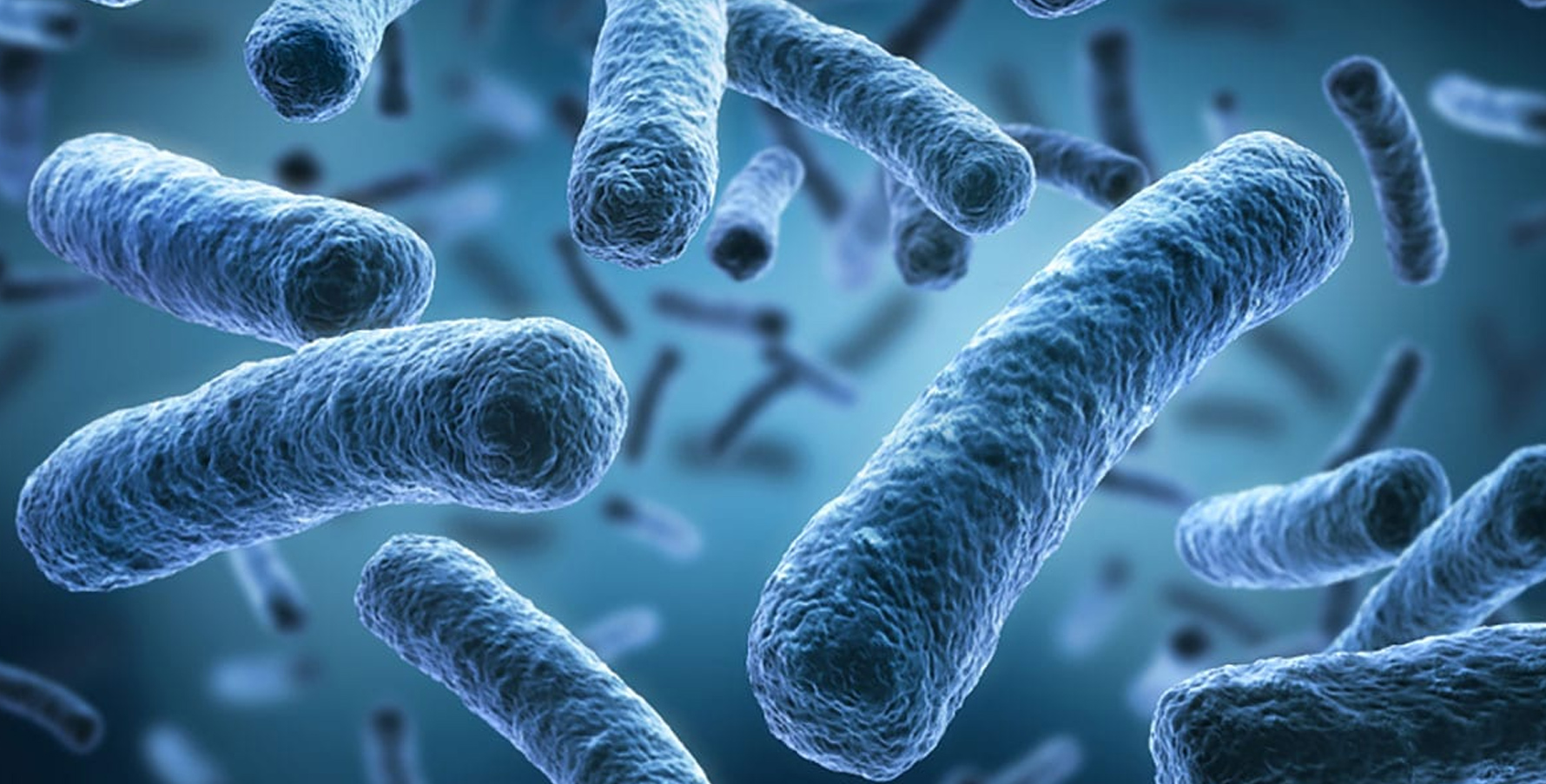Legionella is found naturally in fresh water like lakes and rivers.
It becomes a health concern when it grows in man-made water systems that are not properly maintained.

After the 1976 outbreak of Legionnaires’ disease in Philadelphia at an American Legion convention, Legionella, the bacteria responsible for outbreaks of legionellosis and the potentially fatal pneumonia-type illness, was first identified.
Legionella is found naturally in fresh water like lakes and rivers. It becomes a health concern when it grows in man-made water systems that are not properly maintained.
In addition to health risks to workers, legionellosis outbreaks can have serious financial implications for industrial operations, ranging from loss of production due to plant shutdowns, damage to the company brand and in some regions of the world, legal fines.
Legionella can grow and multiply in building water systems, spreading to people through small water droplets in the air. Optimal Legionella bacteria growth conditions are between 25 and 42°C.
The typical building water systems that are prone to Legionella growth include:
Regardless of the water source that presents a potential risk, control programmes fall into six broad categories:
LW’s risk management strategy aligns with our holistic approach to reduce Legionella risk as part of an effective water management programme.
We offer a range of proven solutions to help customers reduce the risks associated with the water systems they operate. These include: